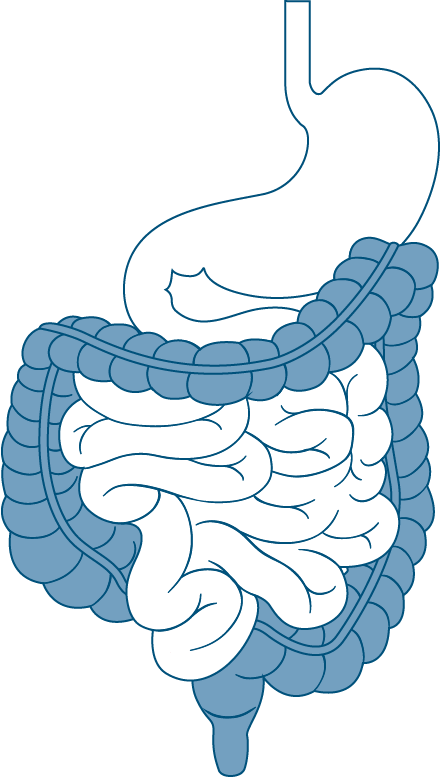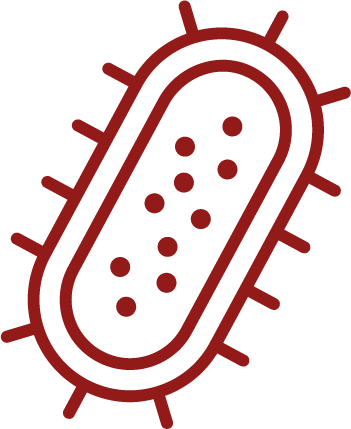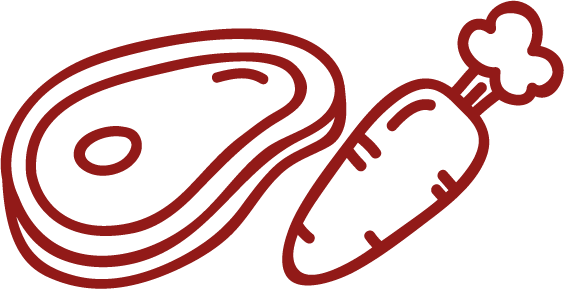
Colon-on-a-plate®
In Q2 2021, ProDigest launched the Colon-on-a-plate® technology, which is a high-throughput biorelevant in vitro simulation of the physiology and microbiology of the colon. This robust screening technology is not limited to comparing the impact of tens of test product on the microbiome, but also offers insight into the factors influencing the response of the microbiome towards these products. These factors include - but are not limited to - inter individual variability, disease status, mucosal compartment, impact of pathogens, use of antibiotics and differences in gastrointestinal physiology, potentially leading to hundreds of tests in parallel. The implementation of a robust statistical approach provides a detailed insight on the interplay between test products and the gut microbiota, reducing consumables and budget requirements.
Colon-on-a-plate® has been optimized to perform a short-term simulation, up to 48 hours. Despite the small volumes of the simulation, multiple readouts will provide insights in relative and absolute changes in microbial community composition, microbial fermentation activity and impact on the microbiome-host interactions using a variety of human cell assays.
Furthermore, coupling Colon-on-a-plate® with the MetaKey® platform enables rapid and high-throughput metabolic fingerprinting using LA-REIMS and subsequent identification and quantification of metabolic differences using LC-HRMS in a cost effective manner.
Microbial composition analysis
- qPCR panels and bespoken strain specific qPCR-detection (e.g. to quantify your LBP or probiotic)
- 16S rRNA gene profiling
- Shotgun Sequencing
- Flow cytometry
Microbial activity analysis:
- SCFA, Lactate, Ammonium, pH, gas production
A wide variety of other analytical tools
Metabolomics: MetaKey® platform
- LA-REIMS: high throughput screening generating metabolomic fingerprints
- HPLC-HRMS: Global profiling and specific targeted metabolite panels
Host-interactions
- Bioavailability
- Barrier integrity and immuno-modulatory properties
- Expression of tight junction and mucin genes
- Wound healing
- Adhesion/invasion of pathogens
Project-specific detections and analyses

Investigational topics













